In the first days of the year, many banks lowered home loan interest rates by 1-2% compared to the end of last year, down to around 5.9-6.5% per year.
VnExpress 's records show that home loan interest rates at the Bank for Investment and Development of Vietnam - BIDV are currently down to around 6.5% per year and at the Bank for Industry and Trade - VietinBank at 6.4% per year, applied during the initial preferential interest rate period.
Vietcombank also lowered the home loan interest rate to 6.7% per year, fixed for the first 18 months. If fixed for two years, it will be 6.8% per year. After the preferential period, the loan interest rate will float, calculated by the 12-month savings interest rate plus a margin of 3.5%.
Agribank currently has the highest loan interest rate among state-owned banks, with 7% per year applied for a preferential period of 12-24 months, effective from January 1 this year.
The lending interest rates of these Big4 banks have all decreased by 1-1.5% compared to the end of last year, and compared to the same period in 2023, the current lending interest rate is 2-3% lower.
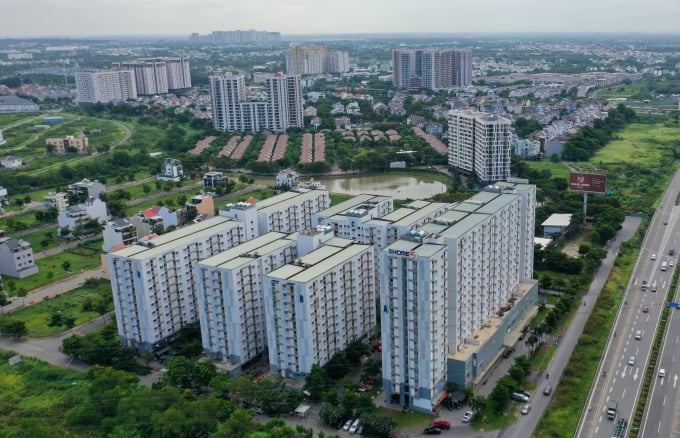
Real estate in the East of Ho Chi Minh City, with apartments, land projects, townhouses; Thu Duc City, July 2023. Photo: Quynh Tran
For the group of joint stock commercial banks, the current interest rate for home loans fluctuates between 5.9-10.5% per year. Of which, the best preferential interest rate for new home loans belongs to VPBank with 5.9% for the first 6 months of the year. After the preferential period, the floating interest rate is calculated by this bank using the reference interest rate plus a margin of 3% per year.
Other banks such as HDBank, Sacombank, MSB, ACB, OCB... also have preferential interest rates for the first year for home loan customers of 6.5-8% per year.
Foreign banks are also actively participating in the race to lower home loan interest rates. Accordingly, UOB and Wooribank are currently applying a loan interest rate of 6% for the first 12 months. If home buyers choose a loan package with a fixed interest rate of 8% for the first two years or a fixed interest rate of 8.7% per year for the first three years. After the preferential period, the floating interest rates of these banks are expected to be around 8.6-8.9% per year. Shinhan Vietnam also reduced the home loan interest rate to 5.9% for the first 6 months and 8% for the next 54 months.
At a recent press conference to deploy the banking sector's tasks in 2024, Deputy Governor of the State Bank Dao Minh Tu said that new lending and deposit interest rates of commercial banks have decreased by about 2% per year compared to the end of 2022. "Lending interest rates are at their lowest in the past 20 years and many commercial banks say interest rates cannot be any lower," he said.
Looking at this move to lower lending rates, the Director of the retail lending division of a 100% foreign-owned bank assessed that the most important step to sharply reduce interest rates is that the capital cost of banks is significantly reduced when high-interest deposits from last year reach maturity. The reduction in input interest rates "permeates" into the capital cost of banks, creating conditions for reducing output interest rates.
Another important driving force behind the wave of lending rate cuts, he said, is that banks are reducing capital costs to stimulate credit demand amid a decline in customers' "will and ability to borrow." The policy of "allowing new loans to repay old debts from other banks" also causes a number of customers to move from one bank to another, creating greater competitive pressure for banks.
Experts say that the remaining high interest rates are from previous terms when they mobilized high. Currently and in the future, interest rates are on a low trend. Right from the beginning of the year, the State Bank has allocated all credit limits (credit room) to banks with a growth ceiling of 15%, equivalent to about 2 million billion VND injected into the economy (about 100 thousand billion VND more than last year). This is a very large number, so the management agency will have many moves to "encourage" banks to lend more.
Particularly in the field of real estate loans, according to the observation of the leader of the 100% foreign-owned bank above, loan demand has not really "warmed up" compared to before, if excluding the number of customers moving back and forth between banks.
"Borrowing from banks to trade or invest in real estate has become very risky in the current context, causing the motivation of real estate traders to decline. Therefore, the number of customers borrowing for real estate investment purposes has decreased sharply while most current borrowers come from real housing needs. This is a good sign," said a foreign bank leader.
Lantern Festival - Quynh Trang
Source link


![[Photo] Prime Minister Pham Minh Chinh receives CEO of Standard Chartered Group](https://vstatic.vietnam.vn/vietnam/resource/IMAGE/2025/4/2/125507ba412d4ebfb091fa7ddb936b3b)

![[Photo] Special relics at the Vietnam Military History Museum associated with the heroic April 30th](https://vstatic.vietnam.vn/vietnam/resource/IMAGE/2025/4/3/a49d65b17b804e398de42bc2caba8368)
![[Photo] Comrade Khamtay Siphandone - a leader who contributed to fostering Vietnam-Laos relations](https://vstatic.vietnam.vn/vietnam/resource/IMAGE/2025/4/3/3d83ed2d26e2426fabd41862661dfff2)
![[Photo] Prime Minister Pham Minh Chinh receives Deputy Prime Minister of the Republic of Belarus Anatoly Sivak](https://vstatic.vietnam.vn/vietnam/resource/IMAGE/2025/4/2/79cdb685820a45868602e2fa576977a0)





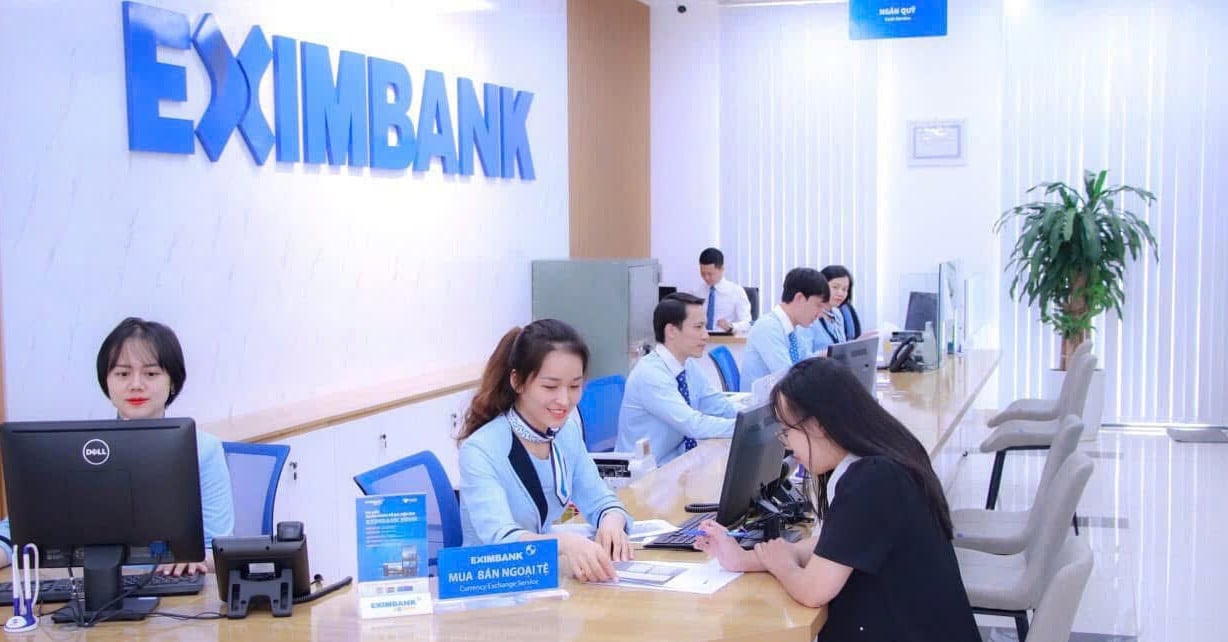
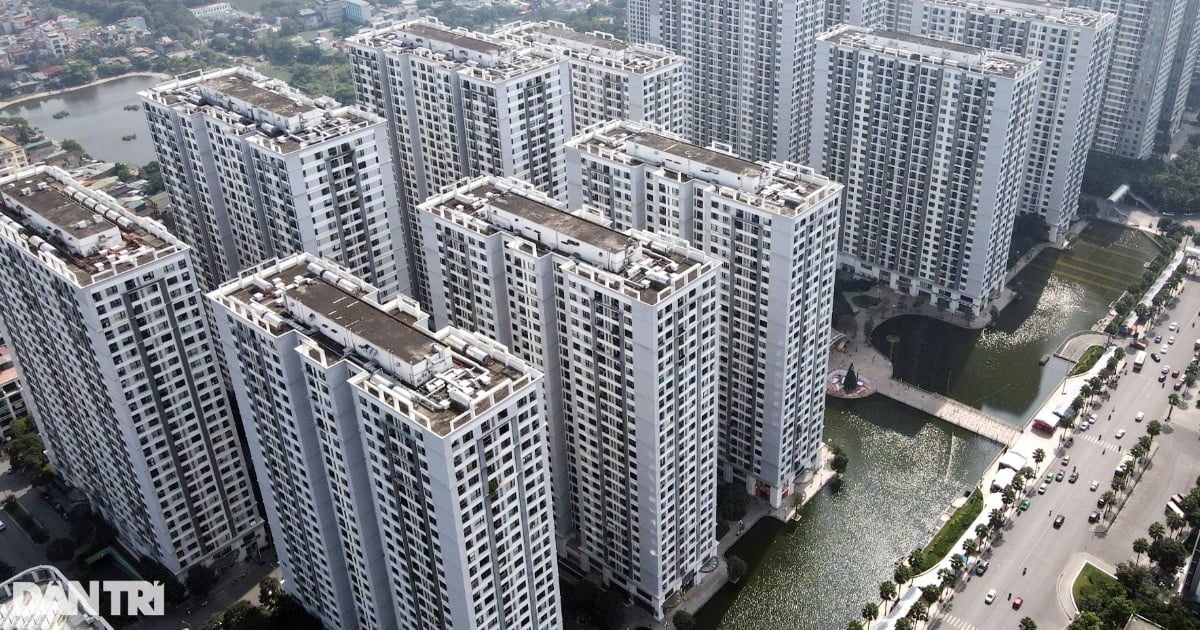



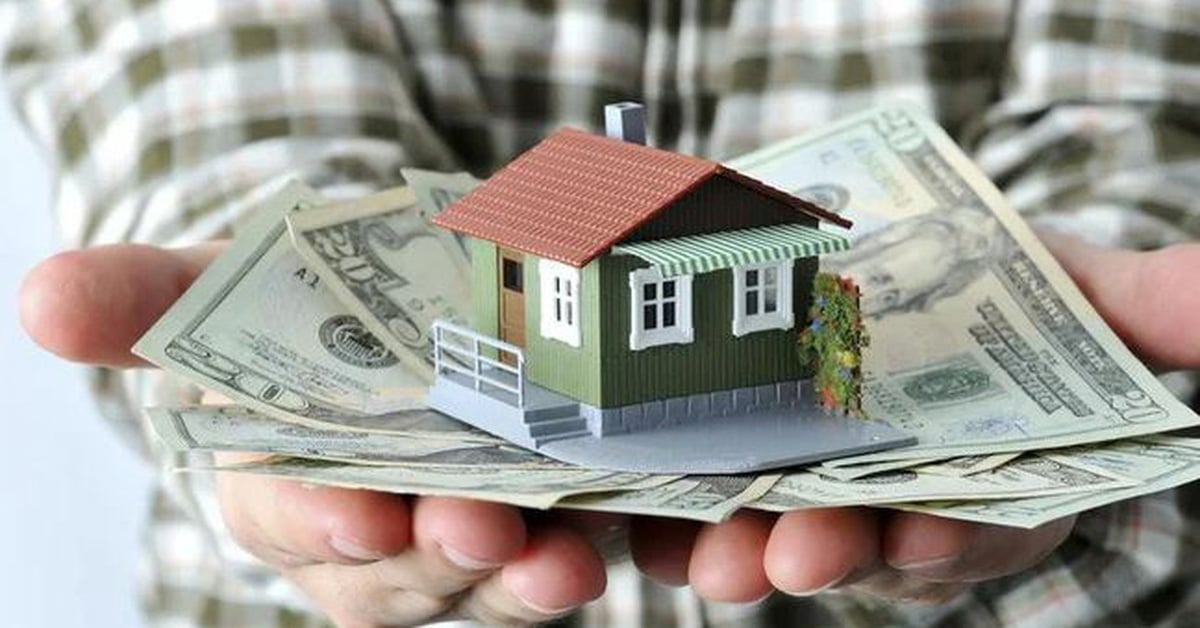

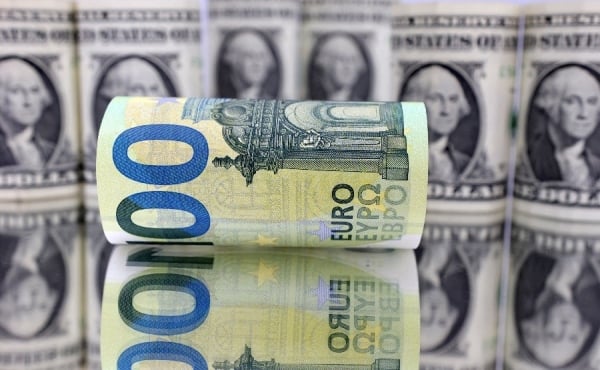

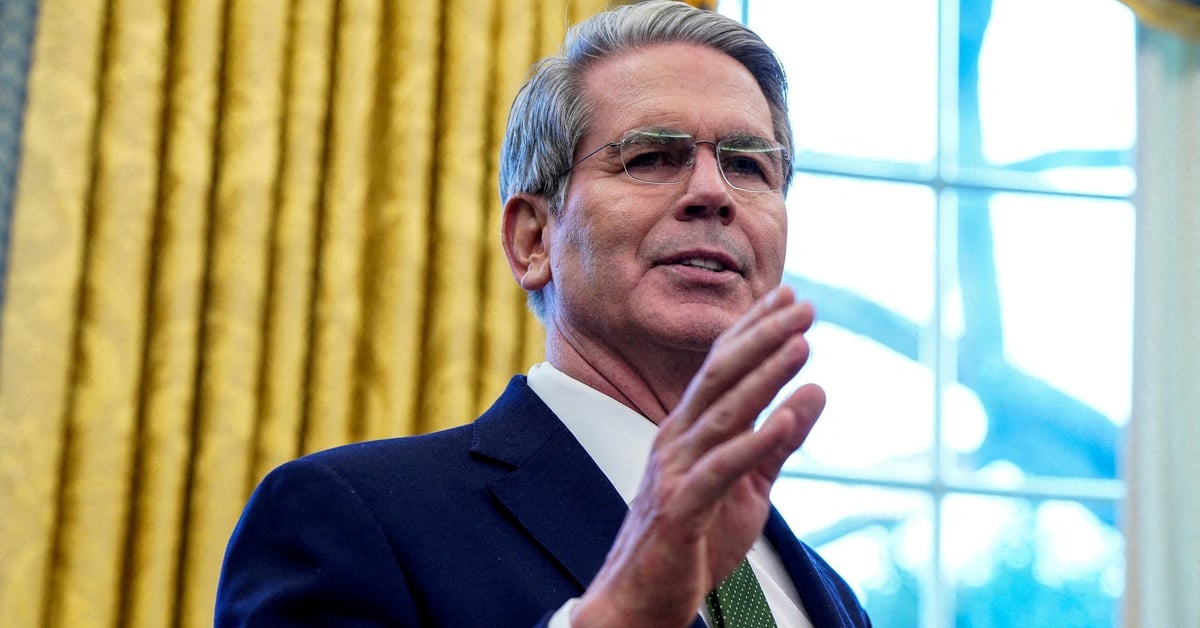









































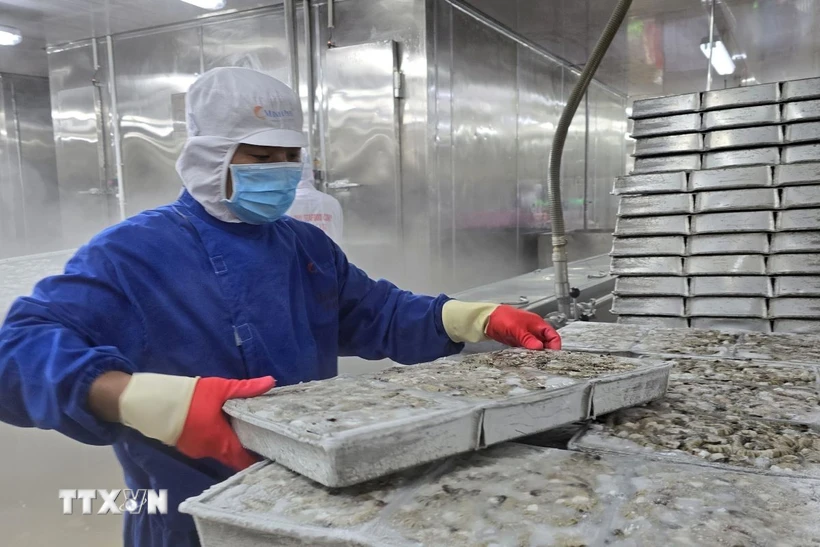

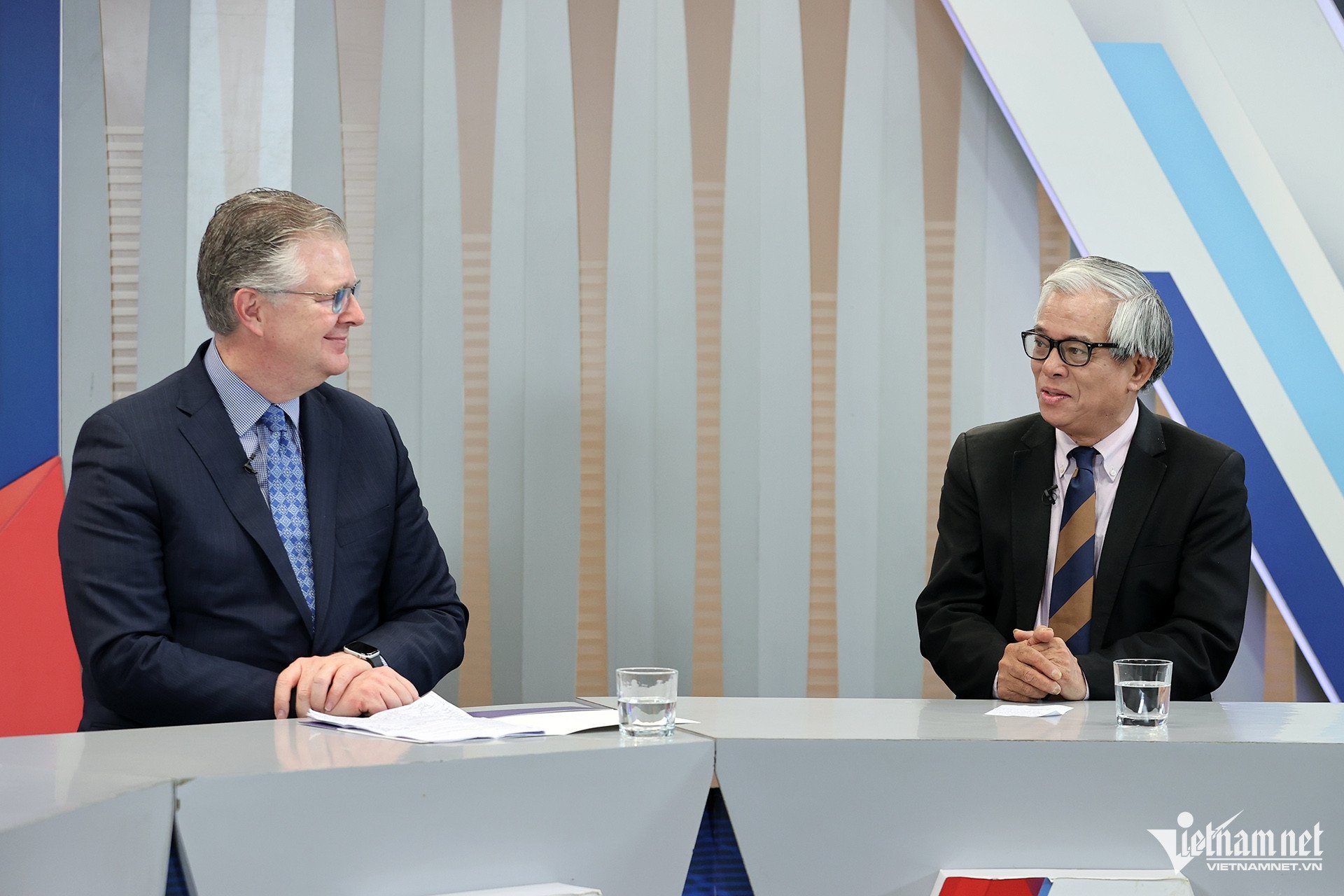
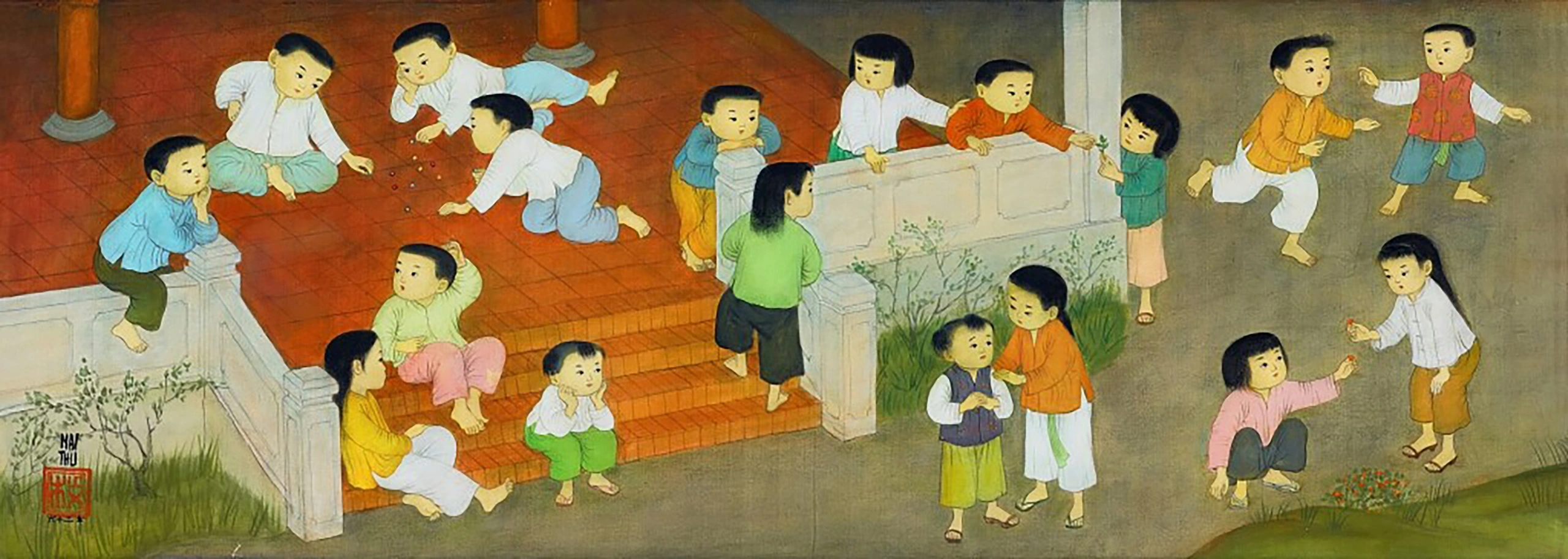











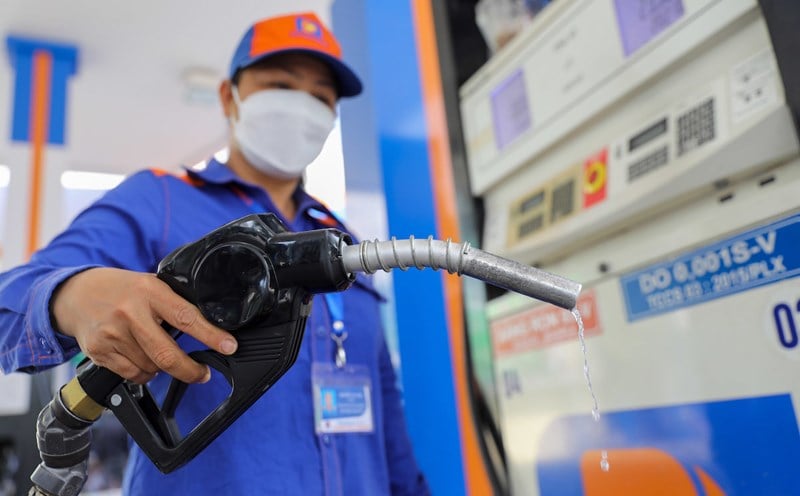

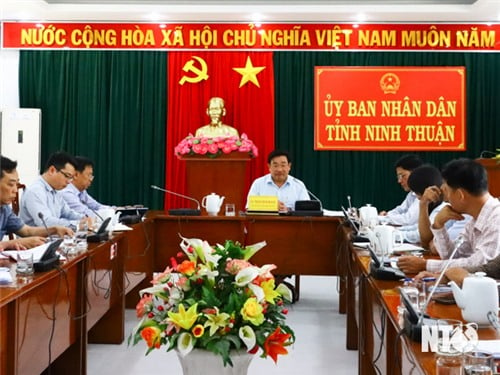
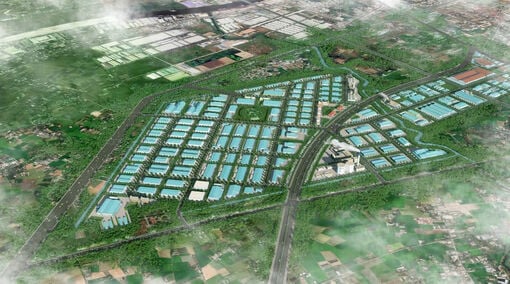

















Comment (0)